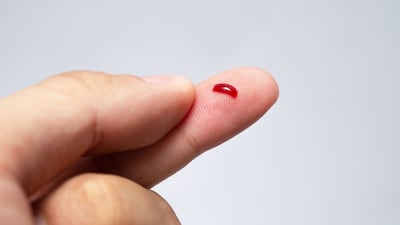Apart from traditional eyeglasses and contact lenses, laser-assisted in situ keratomileusis (LASIK) remains the dominant method globally for correcting refractive errors. However, this corneal refractive laser surgery procedure is not ideal, due to the fact that it is invasive, rarely can be repeated, corrects only distance vision and requires a huge capital expenditure.
Still, LASIK is big business. According to 2015 data from Market Scope LLC, the national average cost of LASIK in the US is $2,259 per eye, it is estimated that...
Outside the US and Europe, China has experienced dramatic growth in LASIK. In 2013, the country performed 950,000 procedures, representing $713m in associated revenue, according to the Forecast of Laser...




